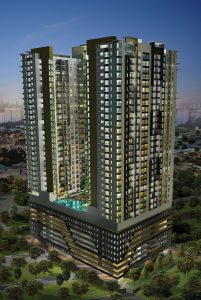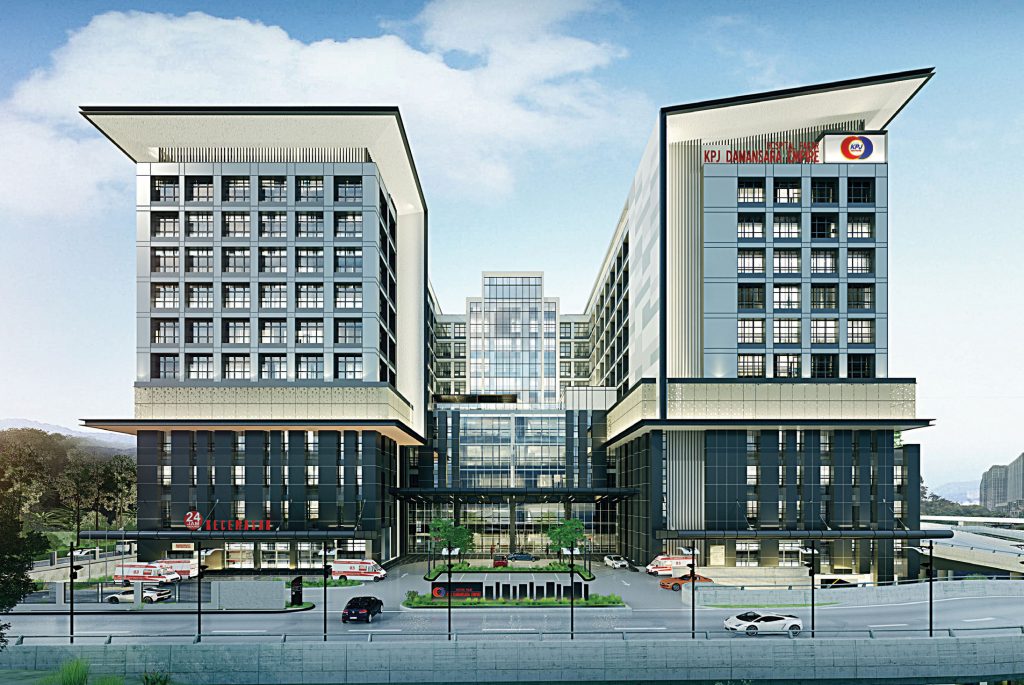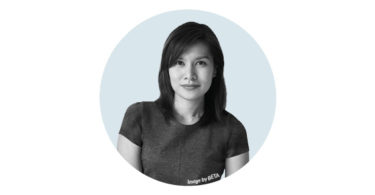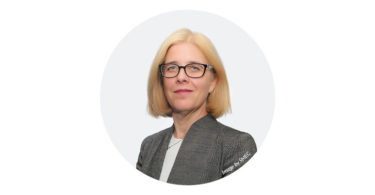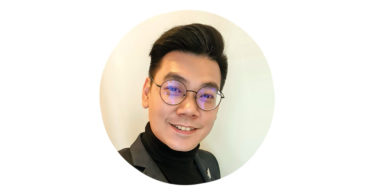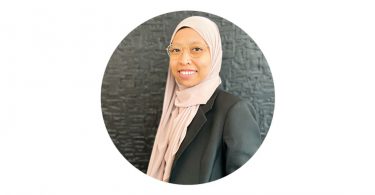Ar Jeffery Cheah studied architecture in Australia and worked with several architectural practices before returning to Malaysia in 1991. After a short stint at VERITAS Architects, Cheah founded ZONE Architect in April 1993. ZONE Architect was recently named one of BCI Asia Top 10 Architects in 2017.
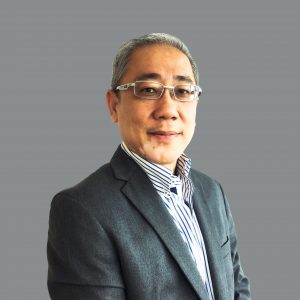 ZONE undertook projects within Peninsular Malaysia and ventured overseas for the first time in 2002, with a project in Zhuhai, China, by a Malaysian developer. Since then, ZONE has continued to expand its overseas portfolio in the Asia-Pacific region and the Middle East.
ZONE undertook projects within Peninsular Malaysia and ventured overseas for the first time in 2002, with a project in Zhuhai, China, by a Malaysian developer. Since then, ZONE has continued to expand its overseas portfolio in the Asia-Pacific region and the Middle East.
Over the past two decades, Cheah has had wide exposure designing projects, from housing schemes and high-rise towers to specialist manufacturing plants, master planning, interior design and hotel resorts. He is passionate towards the integration of IT and the architectural profession.
Why did you choose to be an architect?
Actually, architecture was not my first preference. I wanted to study engineering, but I was offered a place at a smaller university, which I declined. So I went with my second choice, which was architecture. In a sense, it was a good turn of event, and it worked out better for me as it was not too technical, compared with engineering. Architecture strikes a nice balance between the technical and aesthetic aspects of construction.
What is your design philosophy?
When we were in university, we were taught to bring about social change and to design for a better world. When I took my first internship in Sydney, I tried to look into those aspects. That was when I had my first dose of reality when I was told not to be too idealistic or to think too much.
Generally, there are three types of architects. The first still has idealism in their design outlook; the second type is one who follows the market and what the client (the ultimate arbiter) wants; while the third is one who doesn’t really care about ideals or aesthetics and just treats it as a business. Each of these approaches are valid and are needed within the building industry. I would say I am somewhere between the first and second type of architect—I would present what I think is ideal and would modify to suit the client’s strategic direction.
What do you consider your biggest success or most memorable project thus far?
I am still looking for my ‘best’ project. As any architect would say, don’t be satisfied with what you have done. There is always some new development—technology, ideology, materials, methodology—and that is what keeps you going to experiment and push the limits.
A memorable project is one that is a combination of several factors: interesting, challenging, international and a marriage of modern and traditional. For me, one of my most memorable projects is the Emirates Bank in Dubai, which we undertook in 2012. It is a 20-storey office building located next to The Creek, in the heritage part of the city. It was a small site, which posed many technical challenges. Many new technologies and construction methods were used. The heritage conservation criteria were very strong, and we had to adhere to those while fulfilling the client’s requirements for a modern look. I’m happy that the building turned out well.
ZONE has several overseas offices. What are some of the challenges involved in working on projects in different parts of the world?
We opened our office in the United Arab Emirates (UAE) in 2007, and I was based there from 2007 to 2012. I felt that in order to better service our clients, it was beneficial to have a physical presence rather than to operate by remote control. However, since then, the business there is not as commercially viable as before due to the global financial crises that scaled down projects, combined with market uncertainty.
We are now focusing on the Asia Pacific region, with our offices in Myanmar and Vietnam, and most recently, in Sydney, Australia. By spreading our presence, we can explore the potential of each market and smooth out the construction cycle—when one market is down, others may not be affected.
In entering new markets, we usually take six months to a year to study, research and talk to people to get a better understanding of the country, the work methodology, technical abilities and local construction techniques. Professionally, an architect also plays a different role in each country’s market, with different responsibilities and liabilities.
Malaysia is, and will continue to be, our biggest market. It is still a developing country, and as long as the population and economy continues to grow, there will be demand. Currently, our overseas businesses contribute 25 per cent to our work load, and we want to push it closer to 50 per cent.
You were involved in the push to get local authorities to accept e-submissions. What was that experience like?
From 2000 to 2002, I took a tangential path to push for an online submissions platform for e-approvals. However, perhaps the move was too early for the country. After many attempts, some of our local city councils now have e-submission websites, but often, the servers or systems cannot handle the traffic and hard copies are still required. Today, other players have moved ahead, and other countries, such as Singapore and the UAE have overtaken us.
One big area that we need to look into is integrating IT with the way we practice. We should have a system for knowledge management, record keeping and tracking of approval status—we sometimes have to deal with 20 to 25 different agencies for approvals for one project!
What do you think is a major strength of ZONE?
At ZONE, we have many long-term clients over the past 15 years. One of our strengths is that we can be quite flexible in our approach. ZONE designed The Nest Residences, located off Jalan Klang Lama This allows us to work with a range of different kinds of clients and accommodate even the most demanding developer. Secondly, we are also able to respond quite quickly because of our resources. Our team has many years of knowledge and experience that we can leverage on to turn around projects quickly.
What do you feel is the greatest challenge when it comes to designing for environmental sustainability, both in Malaysia and internationally?
The push for Green buildings tends to promote the future savings and returns that developers can get in exchange for the additional capital outlay involved in building sustainably. In reality, the adoption of Green buildings should be driven by a sense of shared responsibility. For example, the plastic bags ban may not really make a difference in the number of plastic bags produced or used, but collectively, people are starting to be more conscious about environmental sustainability. That, to me, is more important than ratings, although ratings, subsidies and promotions do play a part in raising and encouraging collective awareness.

 Hong Kong
Hong Kong Singapore
Singapore Indonesia
Indonesia Tiếng Việt
Tiếng Việt ประเทศไทย
ประเทศไทย


